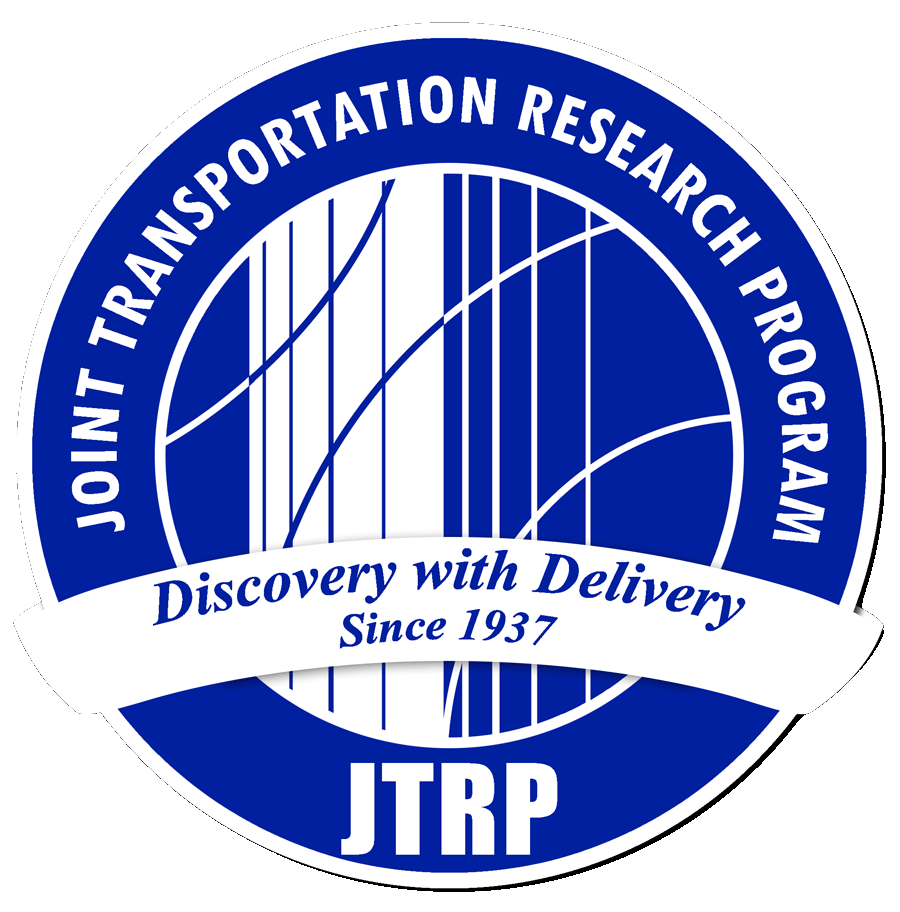The I-70 Greenfield Rest Area Wetland Projects
Document Type Technical Report
This report is the combined efforts of SPR-2455, SPR-2456, and SPR-2487. Full report available at http://docs.lib.purdue.edu/jtrp/1154/
Abstract
On-site treatment of wastewater at highway rest areas poses some unique and difficult challenges because of the rural locale, high variability in wastewater flow rate and strength, and lack of knowledgeable personnel on-site. As a potential alternative, a constructed subsurface wetland system was built at the I-70 rest stop nearby Greenfield, Indiana, in 2003. This wetland system, mainly composed of three wetland cells, also includes draw-and-fill and recirculation mechanisms to increase oxygen transfer to the wastewater and improve the overall treatment performance. Special considerations for highway rest areas have been emphasized. A dynamic hydraulic model was developed to help characterize the flows in the system and estimate the hydraulic retention time. The size of the Greenfield wetland was found to be sufficient in providing pretreatment that could help avoid potential surcharge from the local treatment plant, but was inadequate for direct onsite discharge. Though the draw-and-fill and recirculation mechanisms provided some treatment benefits, they raised the construction costs and maintenance needs. Constructed wetlands have been described as low-maintenance systems compared to other conventional wastewater treatment approaches, but proper maintenance of the wetland facilities was found to be a key factor in achieving good performance. Since wetland systems in highway rest areas have not been studied, this study provided useful information for possible future implementation of such systems.


